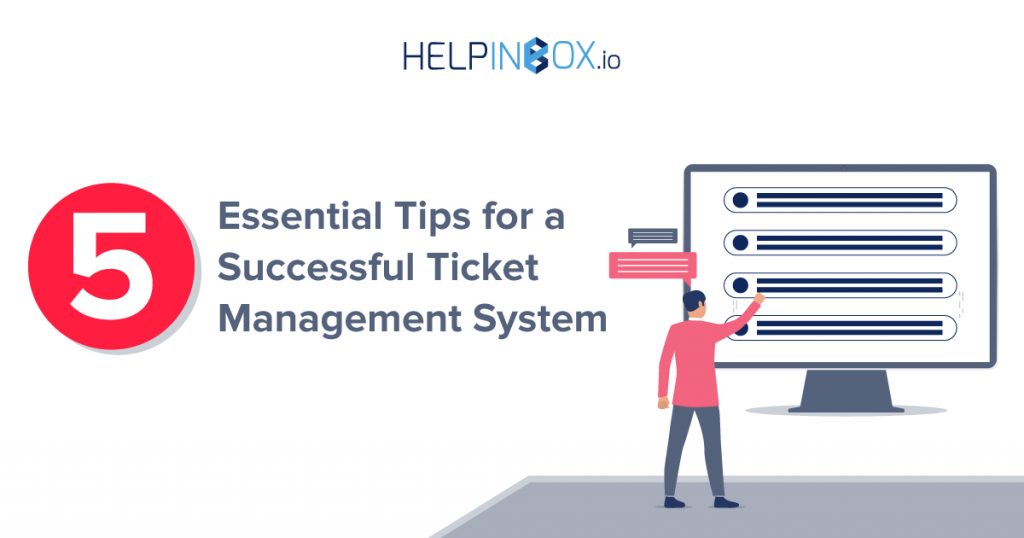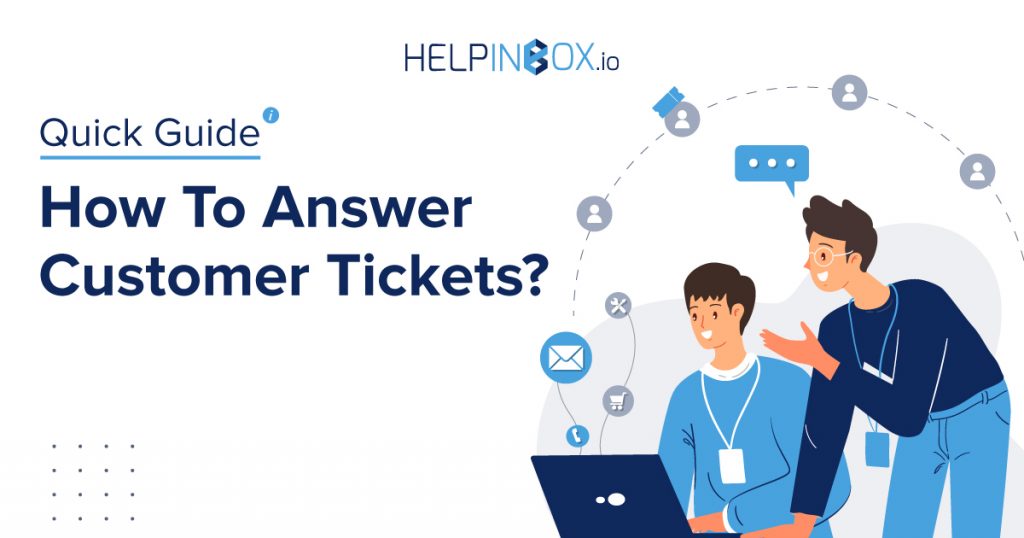In the realm of customer service, the focus has shifted from merely resolving issues to understanding and addressing intangible and behavioral customer needs. In today’s competitive business landscape, meeting these needs is essential for building lasting customer relationships. This blog will delve into the definition and significance of intangible and behavioral customer needs, exploring why they play a pivotal role in customer support.
Understanding Intangible and Behavioral Customer Needs
1. Defining Intangible Needs
Intangible needs are desires that surpass the tangible features of a product or service. They involve emotions, values, and subjective experiences, creating a deeper connection between the customer and the brand.
2. Identifying Behavioral Needs
Behavioral needs encompass how customers want to be treated during interactions. This involves understanding the customer’s preferred communication style, response time expectations, and overall experience.
Why Intangible and Behavioral Needs Matter
1. Building Emotional Connections
Meeting intangible needs is crucial for fostering emotional connections with customers. When customers feel understood and valued, they are more likely to stay loyal to a brand, creating a foundation for long-term relationships.
2. Enhancing Customer Satisfaction
Addressing behavioral needs ensures a positive interaction, leading to higher levels of customer satisfaction. Satisfied customers are not only likely to return but also become advocates, spreading positive word-of-mouth.
How Agents Can Make Customers Feel Better
1. Empathy as a Foundation
Empathy is the ability to understand and share the feelings of another. Agents should prioritize empathy, putting themselves in the customer’s shoes to comprehend their emotions and concerns fully.
2. Active Listening Skills
Active listening involves fully concentrating, understanding, responding, and remembering what the customer is saying. Agents should listen actively to uncover both tangible and intangible needs, demonstrating a commitment to understanding.
Giving Exceptional Customer Experience
1. Personalization
Agents should strive to personalize interactions by using the customer’s name and referencing past interactions. Personalization creates a sense of importance and acknowledgment, contributing to a positive customer experience.
2. Timely Responses
Quick responses are essential in meeting behavioral needs. Agents should aim for timely communication, whether through live chat, email, or social media, demonstrating a commitment to efficiency and customer convenience.
Specific Actions and Best Practices
1. Training in Emotional Intelligence
Customer support agents benefit from training in emotional intelligence, enhancing their ability to navigate emotionally charged interactions with customers. This training equips agents with the skills needed to understand and manage both their emotions and those of the customer effectively.
2. Creating Customer Personas
Developing customer personas helps agents understand the diverse needs and preferences of their customer base. This knowledge informs more tailored and effective interactions, enabling agents to provide solutions that align with specific customer profiles.
Conclusion
Understanding and addressing intangible and behavioral customer needs is the cornerstone of providing exceptional customer support. In a world where products and services can be similar, the way a customer feels during and after an interaction becomes a key differentiator. Agents who prioritize empathy, active listening, and personalized interactions are better equipped to create positive customer experiences that foster loyalty and advocacy. In the evolving landscape of customer service, recognizing and meeting these needs is not just a best practice—it’s a strategic imperative. As businesses continue to adapt, the ability to empathize and understand customers on a deeper level will remain central to providing outstanding customer support in the digital age.
 279
279









